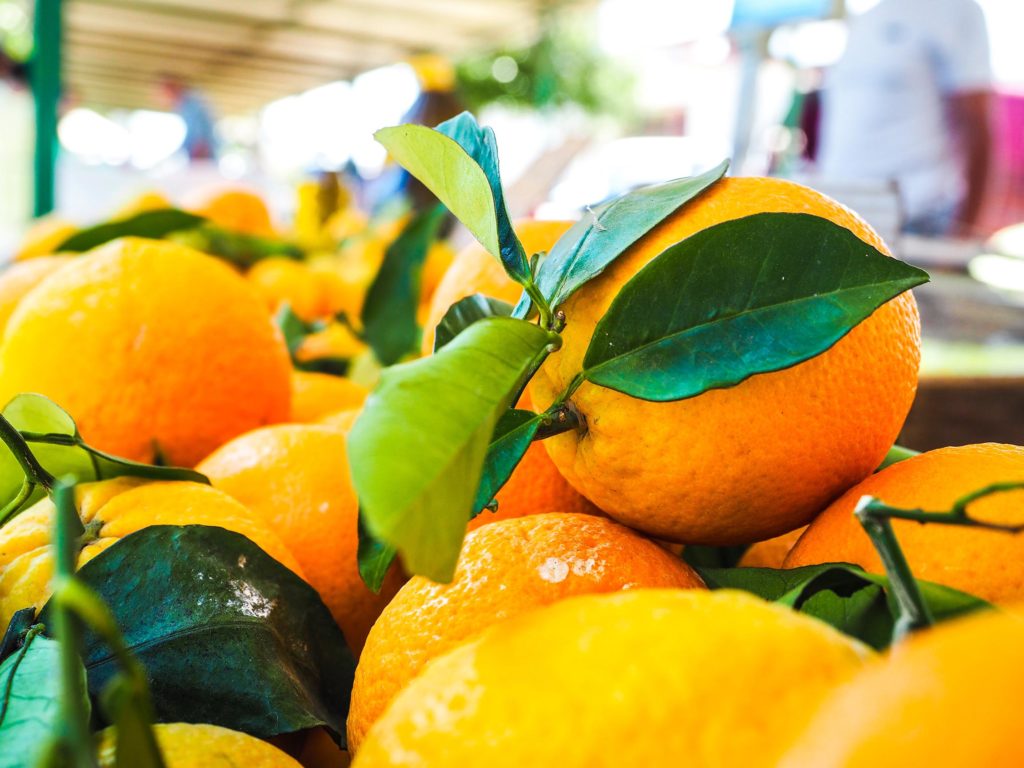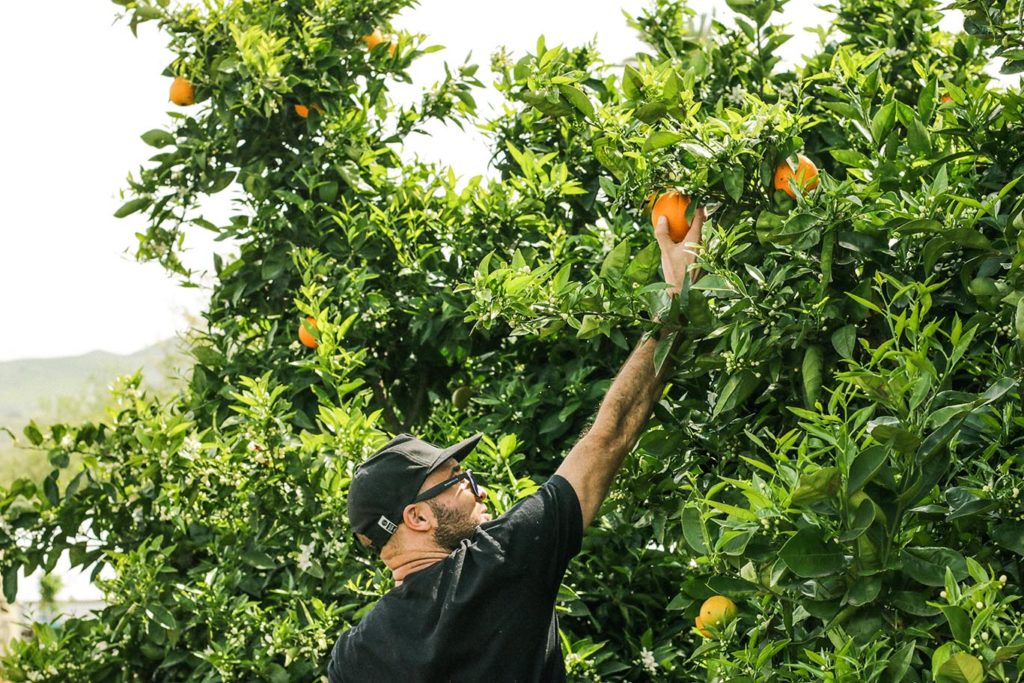All hands: incentives to boost workforce
The National Farmers Federation is encouraged by reporting of the Federal Government’s intention to take action to solve the critical worker shortage facing fruit and vegie growers.
Chief Executive Officer Tony Mahar says Hort Innovation’s seasonal horticulture labour demand and workforce study report has quantified the enormity of the challenge farmers are facing ahead of the spring/summer picking season.
“Governments often tell the farm sector to ‘show us the data’ on industry labour deficits,” he says. “Well, here it is. The numbers are alarming and must be a catalyst for action.”
Mahar welcomed the news in The Australian yesterday of the government’s intention to scrap the age limit of 30 for backpackers and to introduce new incentives for Australians interested in farm work that would allow Job Seeker and Youth Allowance recipients to earn up to $300 per fortnight on farm before having their welfare payments reduced.
Meanwhile, Deputy Prime Minister Michael McCormack has suggested that single job seekers should consider trying fruit picking for the Insta-worthy shots and the possibility that they might find love among the fruit trees.

“We’re also buoyed by reports the Prime Minister is considering an expansion of the seasonal worker and Pacific labour programs, something the NFF’s Horticulture Council has been asking for, for some time,” Mahar says.
The workforce report details that farmers will find it most difficult to source workers between November and March, with the deficit reaching a peak in March.
Seven key production regions are predicted to be hardest hit by the shortages: Cairns and Wide Bay (Queensland); North West Victoria and Shepparton (Victoria); Coffs Harbour Grafton and Murray (New South Wales); and South Australia’s south eastern region.
“It’s possible the worker shortage could tighten supply, with some growers left with no option but to plough ripe crops back into the ground,” Mahar says. “We know some farmers plan to decrease the size of their next crop; some are even pulling out established trees.
“Unfortunately, a tightening in supply could see supermarket prices rise, at a time when many consumers can sorely afford it.”

The Morrison Government’s reported commitment to solve the problem comes after the National Farmers Federation’s Horticulture Council presented governments with a 10-point plan to tackle workers shortages including measures aimed at drawing on international season workers, backpackers and unemployed Australians.
“Usually at this time of the year, there are about 140,000 backpackers in Australia, 30 percent of which are employed in agriculture,” Mahar says. “Right now, there are only 67,000 backpackers in the country. There’s no reason why backpackers from countries with very low COVID cases can’t return to Australia, if the quarantine periods are observed.”

Mahar says the COVID-19 pandemic has brought into sharp focus the reliance Australians place on the high quality, safe, fresh food farmers grow.
“Farmers have continued to have the back of their fellow Australians, getting on with what they do best,” he says. “Agriculture is poised to lead Australia’s COVID-19 recovery – but we need the workforce to do it.
“Governments now have the data. Yesterday’s reporting indicates the government is ready to help. We hope to see words translate to action in Tuesday night’s budget. Any further delays will hurt farmers, regional communities and ultimately all consumers.”









